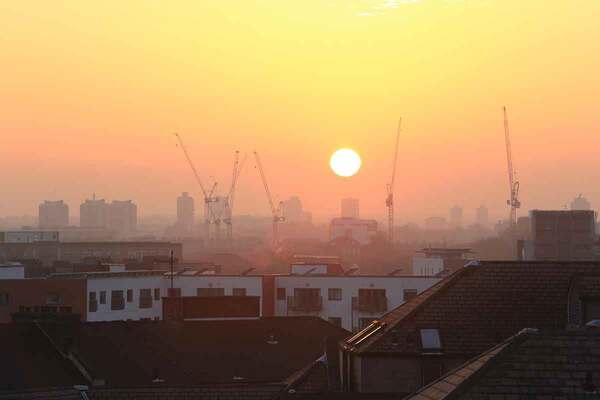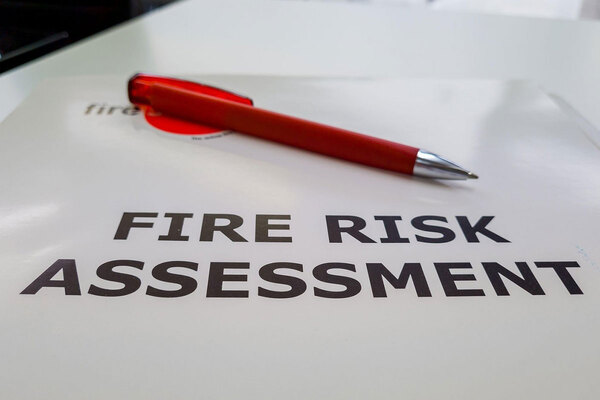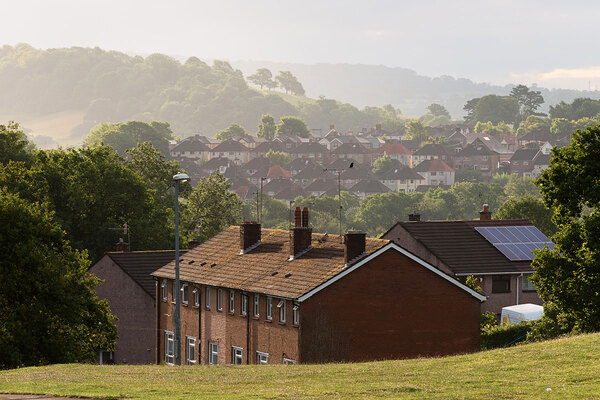Health and safety now a top five risk for social housing providers
Our recent research highlights an increased use of resource and investment in safety measures which is here to stay, writes Phil Cliftlands.
In the nine months since we published our first Social Housing Barometer - our survey that addresses the economic confidence and risk appetite of the social housing sector - we have seen a number of developments that have changed the landscape, most notably the Grenfell Tower tragedy in June 2017.
The repercussions of such a significant and tragic event are evident in the results of our second edition that shows that there has been a clear increase in the use of resources in addressing both fire and wider health and safety risk.
Although health and safety has always been high on board agendas, unsurprisingly focus on this area has risen sharply.
Forty-nine per cent of housing associations now identify it as a top five risk compared with just 29 per cent six months ago. This has had a clear impact on both the strategic priorities of boards and management as well as plans for investment.
Our survey showed that managing health and safety has leapt up the agenda and is now the fifth top ranking item, with 34 per cent identifying it as a strategic priority, up from just 12 per cent six months previously when perhaps the risk was more often considered at an operational level.
Every risk map or register I have come across has included health and safety; however, it is clear that boards now want extra reassurance that they are not exposed in these areas, and most important, that their tenants are safe.
Naturally, this has had an effect on investment with over two thirds of housing associations (68%) increasing their investment in fire risk in the last six months and 19 per cent of those reporting an increase of over 20%. Continuing this trend, 43 per cent of all respondents have increased their investment in health and safety more generally.
Housing associations throughout the UK, of all sizes with all types of stock, have had not only a legal requirement to reassess their fire safety status to ensure they are compliant, but also a social and moral imperative to ensure their tenants are safe.
Many housing associations have concluded that the health and safety measures they have been taking are appropriate, while others have identified key areas for improvement and spending has been prioritised. Some have made substantial investments in not only fire compliance but also health and safety as a whole.
My expectation is that this increasing use of resources is here to stay and, with more than a quarter of our respondents saying it has been a significant contributor to a lower surplus than expected year, it is clear that future financial plans will need to take this into account.
This said, only 27 per cent of those surveyed reported a lower than expected financial surplus over the last six months with overall economic confidence and risk appetite, for example in relation to development, on the increase – primarily driven by some positive changes in government policy and notably the confirmed rent settlement. It will be very interesting to see if this trend continues in the next six months or whether wider political or economic events – dare I say Brexit – will have an impact.
We will report back in the next edition of our barometer.
Phil Cliftlands is head of not for profit at BDO. To download a copy of the Social Housing Barometer please visit bit.ly/2GXpXKw
RELATED





